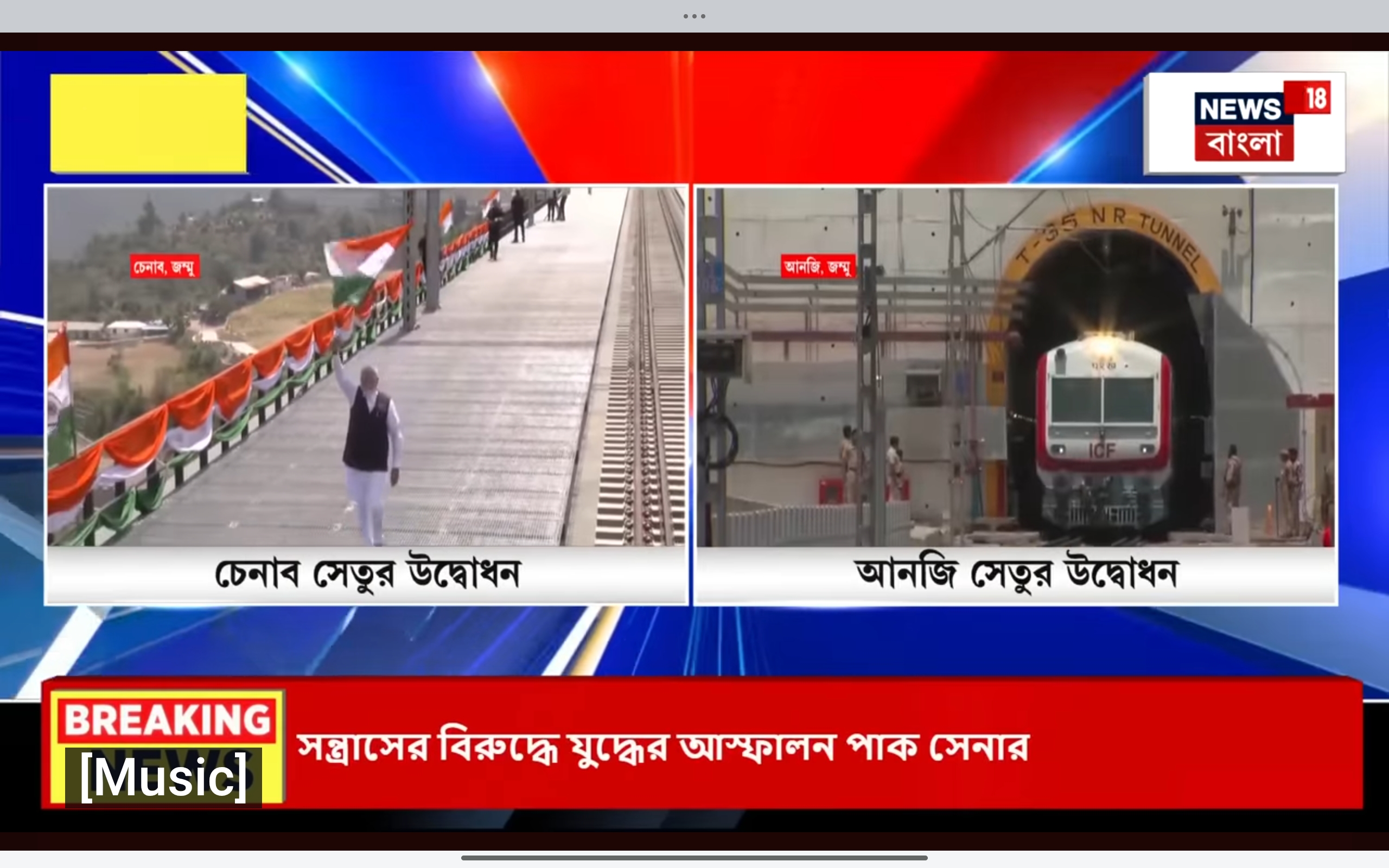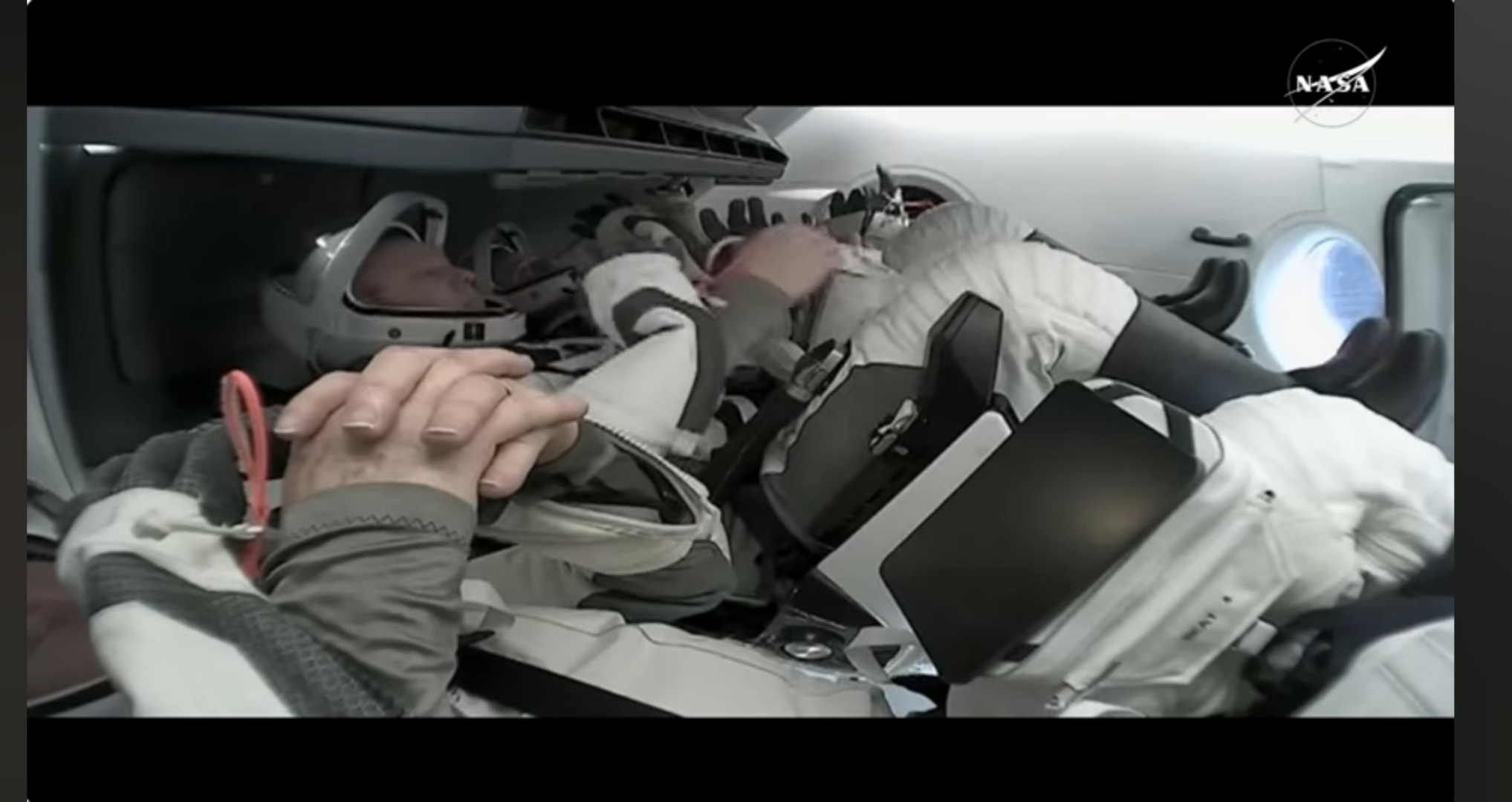Reading the Flow: Liquidity Pools, Trading Pairs, and Tracking Your DeFi Portfolio

- আপডেট সময় : ০১:০৬:৩৫ অপরাহ্ন, মঙ্গলবার, ৩ জুন ২০২৫ ৫ বার পঠিত

Whoa! I remember the first time I watched a tiny pool go from dust to a million-dollar TVL in a weekend. Really? Yep. At first it felt like magic. Then the numbers hit, and my gut said something felt off about the rush. I’m biased, but that rush—FOMO in sneakers—fuels a lot of bad trades. Okay, so check this out—liquidity pools are simple in concept but messy in practice, and you need both a quick read and a deep read to survive them.
Liquidity pools are the plumbing of DeFi. They let traders swap tokens without an order book by matching deposits from liquidity providers (LPs) into automated market makers (AMMs). Short version: you lock assets, traders pay slippage, and fees flow back to LPs. Medium version: impermanent loss, pool composition, and pair volatility are the levers that actually determine whether you make money or lose it slowly over time.
Here’s the thing. If you only eyeball price charts, you’re missing half the story. On one hand, volume spikes can look promising. On the other hand, high volume with shallow depth is a trap. Initially I thought that big volume always meant liquidity and safety, but then realized big volume can be purely speculative and leave LPs exposed when whales pull out. So you need metrics that combine price action and pool health.

What to watch in a liquidity pool
Short checklist first. Depth. Volume. Fee tier. Token correlation. Pool age. Medium tier: how many unique LPs? Are the largest deposits concentrated in one wallet? Long view: what’s the LP token distribution across bridges, farms, and staking contracts—because the invisible hands can exit overnight and blow up your assumptions.
Volume alone lies. Fees can mask impermanent loss for a while, though actually, wait—let me rephrase that: fees offset IL sometimes, but if price divergence keeps rising, fees won’t save you forever. Hmm… My instinct said “focus on stable-stable pools for safety”, and that still holds, but stable-stable returns are often boring and very very small compared to what people chase. The trade-offs are real.
Use these metrics together: effective depth (size of trade needed to move price by X%), realized volatility of the pair, APR from fees, and historical impermanent loss estimates. Combine on-chain data with orderflow glance—if a pool is thin, spikes happen fast. In practice, I watch both short-term orderbook-like activity (on DEX aggregators) and longer-term TVL trends.
Trading pairs analysis — quick heuristics
Start with correlations. Pairs of highly correlated assets (like two wrapped versions of the same asset) generally reduce impermanent loss. Pairs with asymmetric liquidity—say, a new memecoin and ETH—are the most dangerous. Seriously? Yes. On one hand, the memecoin can moon and LPs win on fees and appreciation; though actually, the same pool can vaporize when rug mechanics kick in.
Another heuristic: check who posted the liquidity. If the devs or a single whale provided the majority, tread carefully. If liquidity is spread across many small LPs, it’s a healthier sign. Also, look at lockup periods. Locked LP tokens reduce rug risk but can introduce long-term concentration if locked into a single protocol.
Pro tip from a late-night trade: watch for synthetic liquidity created by yield farms that auto-compound LP tokens; it inflates apparent depth but can pull liquidity through incentives faster than natural traders would. I learned this the hard way—my portfolio looked safer than it was, until the farm incentives dried up and the pool recalibrated.
Real-time tracking: what separates casuals from pros
Track on-chain inflows and outflows alongside price changes. Short term traders need real-time alerts for large LP token moves. Longer-term LPs need cadence—are deposits steady, or is it a frontloaded drop? My rule of thumb: set thresholds for percent-of-pool transfers and notify yourself. Really useful.
Tools help, but they’re only as good as the alerts you tune. That’s why I use a mix of live aggregators and token scanners. One site I trust for token-level, real-time analytics is the dexscreener official site, which gives a fast view of pair charts, liquidity changes, and trade feeds in a readable way. It’s not perfect, but it often shows me the first signs of stress—large sells, big buys, or liquidity shifts—before broader dashboards catch up.
Oh, and by the way… you should map your portfolio exposure not just by dollar amounts but by protocol function: how much is in pure LPs, how much is staked, how much is wrapped and cross-chain. That profile tells you how a shock will propagate through your holdings.
Managing risk—practical tactics
Split liquidity across strategies. Don’t go all-in on high APR farms. Hedge volatile pairs by keeping a counter-position in correlated assets, or use stablecoin pairs to preserve capital during violent moves. Use stop thresholds for LP token value drops—yes, that sounds manual and clunky, but otherwise you might miss the exit while watching charts elsewhere.
Another tactic: time-weighted entry. Add liquidity gradually into nascent pools over days, not minutes. This reduces the chance you buy into a temporarily inflated price created by a coordinated push. Also, consider limiting exposure per pool to a percent you can stomach losing entirely—because rugs happen, and they happen fast.
Something bugs me about the over-reliance on APRs. People forget APR is backward-looking and incentive-dependent. If a farm yanks rewards, APR collapses. Soon after that, TVL drops and slippage widens. So, the math must include scenario analysis—not just a single number from the UI.
FAQ
How do I estimate impermanent loss before providing liquidity?
There are calculators that simulate price divergence and show expected IL versus fees. But a practical way is to model several divergence scenarios: 10%, 50%, and 90% moves, then compare fee income under expected volumes. If fees don’t exceed IL in the 50% scenario, think twice. I’m not 100% sure these models capture all edge cases, but they help.
Which pools are safest for a small LP?
Stable-stable pools and blue-chip paired pools (ETH-wstETH, for example) are relatively safer. Still, watch for concentration risks and protocol-level vulnerabilities. Diversify across pools and across protocols—don’t trust a single smart contract with your whole position.
What’s one metric I can start watching today?
Effective depth for a 1% price move. It’s simple and actionable: if a $10k trade moves price 10%, that pool is shallow for larger positions. Set alerts for large changes in that metric.








